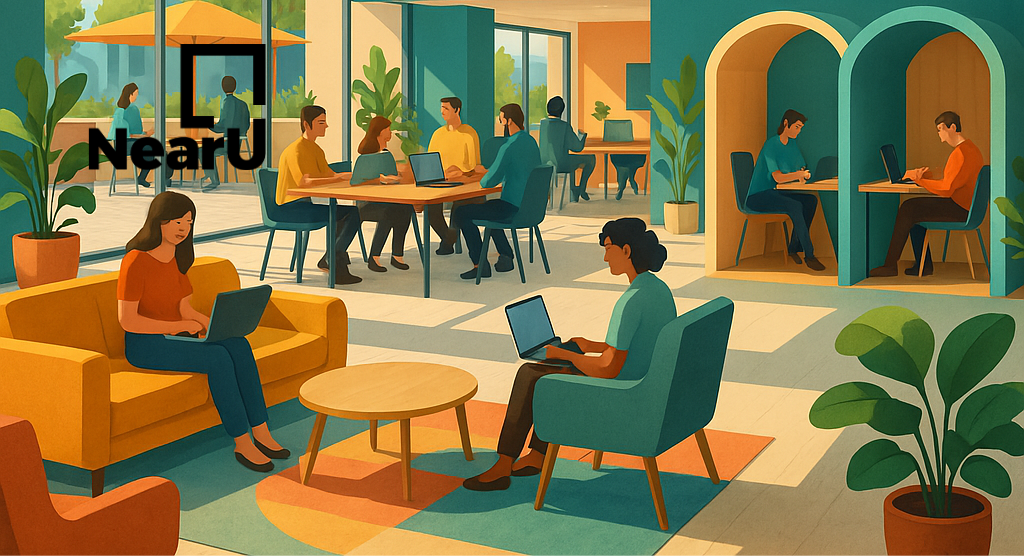While we can’t argue with the continuing necessity of the physical workspace, it’s clear that the traditional drab cubicle style will firmly remain in the pre-pandemic past. A 2021 survey by Savills revealed that 71% of workers believe that office design will drastically change in the coming years, while 74% thought space and size would also be affected to better reflect what the post-covid office is used for. With trends pointing towards the office being used for more collaborative activities, like meetings and group work, while the home tended to be favoured concentration-heavy work, the focus of office design will be on providing a mix of open spaces and quiet, private zones.
But for many companies, it won’t just be a case of re-jigging the layout and knocking a few walls through - aesthetics will also change, as office managers should look to maximise productivity through the use of natural light and colour.
Layout
If it weren’t for the pandemic, we might have expected office layout trends to do a complete 180 on the classic highly separated cubicle style. But COVID restrictions forced physical barriers and glass screens to become commonplace, and in doing so proved the effectiveness of separation within the workspace. While the office will remain crucial for collaboration, open-plan layouts have actually been found to decrease face-to-face interaction rather than increase it as one might expect - a better approach is to segment areas into smaller meeting rooms with access to private areas when focussed work is necessary.
Most flexible workspaces offered by NearU already follow this mixed approach, eradicating the need to allocate big budgets to in-house redesign projects; for example, one of our featured spaces in the heart of Paris blends collaborative open areas with individual pods. All available to book now on our app.
Giving worker’s access to a greater variety of spaces will also be important in a hybrid working future - that same Savills survey showed that younger workers in particular were harmed by having a lack of space, not only to work but also to live in during the pandemic. Offices with dedicated break-out areas, resting zones and canteen facilities will therefore be a must.
Light
After the world was largely shut indoors for the better part of two years, it makes sense that natural lighting should be high up in any office design project. Studies have shown that those with regular access to natural light get better sleep, something that has positive knock-on effects when it comes to increasing productivity, reducing eye strain, improving mood and overall making fewer silly mistakes.
Offices should thus make use of sunlight and outside space wherever possible - just like Aticco Med, a NearU space in Barcelona which provides workers with access to a sunny rooftop terrace.
Colour
Traditional offices haven’t always been the most chromatically inspiring - and an abundance of subdued colours, like greys, browns and beiges, has a negative effect on staff productivity. With the hybrid office set to be a place for stimulation and collaboration, this should be reflected in the colour scheme - bright yellows, reds and blues are perfect for boosting mood and activity.
Making use of flexible serviced offices can provide even more colourful variety without needing to commit to a specific scheme - we love Office Space In Town’s (another NearU host) themed locations across the UK, like this hot-air balloon meeting room in Blackfriars, London.
